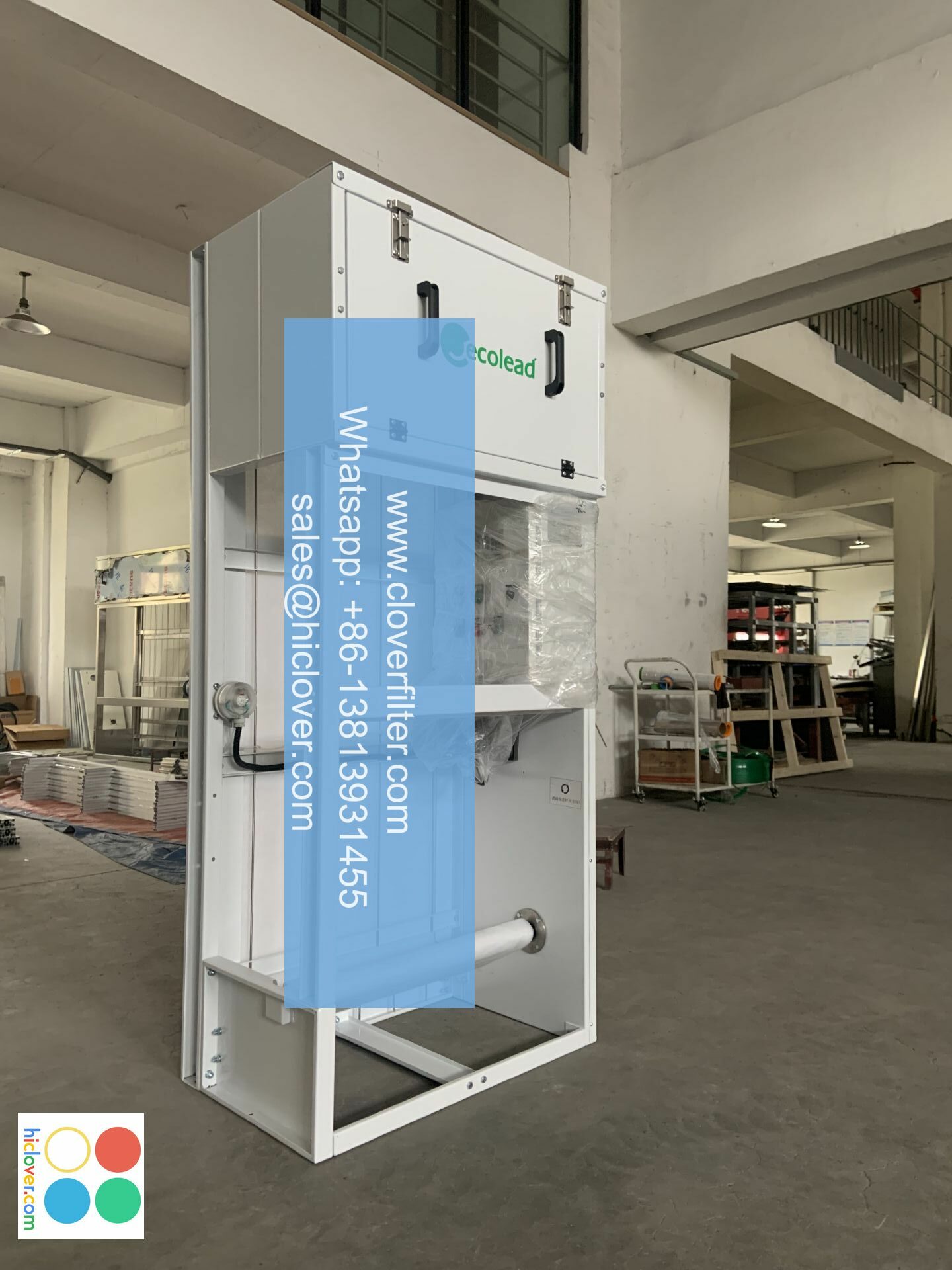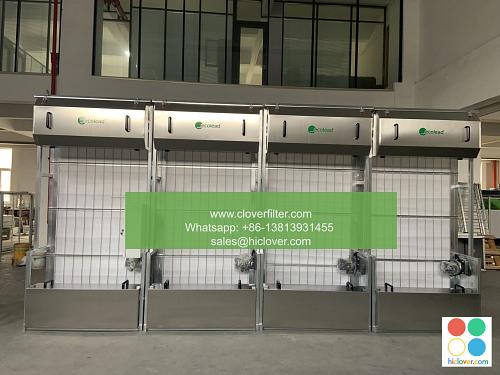Air Filter Testing: A Review of Certification and Performance

Air filter testing is a crucial process that ensures the quality and effectiveness of air filters used in various applications, including industrial air filtration, commercial HVAC systems, and residential air purification. The testing and certification of air filters involve evaluating their filtration efficiency, airflow resistance, and overall performance to guarantee they meet the required standards. In this article, we will review the certification and performance of air filters, highlighting various application areas and key technologies used in the industry.
Certification and Standards
Air filter testing and certification are governed by various industry standards and regulatory bodies, such as the American Society of Heating, Refrigerating, and Air-Conditioning Engineers (ASHRAE) and the International Organization for Standardization (ISO). These organizations establish guidelines and protocols for testing and evaluating air filters, ensuring they meet the minimum requirements for air quality and indoor air pollution control. Some of the key certification programs for air filters include:
* MERV (Minimum Efficiency Reporting Value) rating, which evaluates the filter’s ability to capture particles of different sizes
* HEPA (High Efficiency Particulate Air) filter certification, which requires filters to capture at least 99.97% of particles as small as 0.3 microns
* UL (Underwriters Laboratories) certification, which tests filters for safety and performance
Performance Evaluation
The performance of air filters is evaluated based on several key parameters, including:
* Filtration efficiency: the ability of the filter to capture particles of different sizes and types
* Airflow resistance: the pressure drop across the filter, which affects the overall system performance and energy consumption
* Particulate matter (PM) removal: the filter’s ability to remove PM2.5 and PM10 particles, which are harmful to human health
* Gaseous pollutant removal: the filter’s ability to remove gases such as nitrogen dioxide (NO2), ozone (O3), and volatile organic compounds (VOCs)
Application Areas
Air filters are used in a wide range of applications, including:
* Industrial air filtration: in manufacturing facilities, power plants, and other industrial settings, where air filtration is critical for process control and worker safety
* Commercial HVAC systems: in office buildings, schools, and hospitals, where air filtration is essential for indoor air quality and thermal comfort
* Residential air purification: in homes and apartments, where air filtration is used to improve indoor air quality and reduce allergy and asthma symptoms
* Transportation systems: in vehicles, trains, and airplanes, where air filtration is critical for passenger comfort and safety
Key Technologies
The air filter industry has seen significant advancements in recent years, with the development of new technologies and materials, such as:
* Nanofiber technology: which enables the creation of filters with high filtration efficiency and low airflow resistance
* Activated carbon filters: which are effective in removing gaseous pollutants and VOCs
* UV-C light technology: which is used to disinfect and sanitize the air, reducing the risk of airborne infections
In conclusion, air filter testing and certification are essential processes that ensure the quality and performance of air filters used in various applications. By highlighting various application areas and key technologies, this article has demonstrated the importance of air filter testing and certification in maintaining good indoor air quality and reducing air pollution. As the industry continues to evolve, we can expect to see further advancements in air filter technology, leading to improved filtration efficiency, airflow resistance, and overall performance. It seems like you didn’t include a question or topic for me to address. Could you please provide more details or clarify what you would like to discuss?

